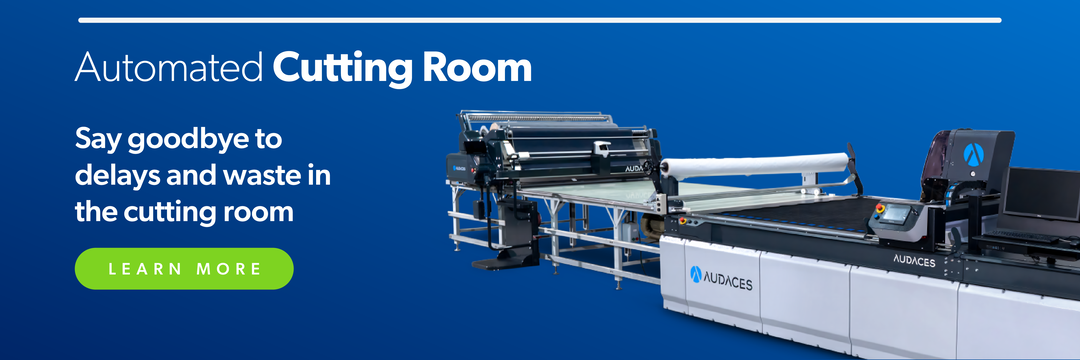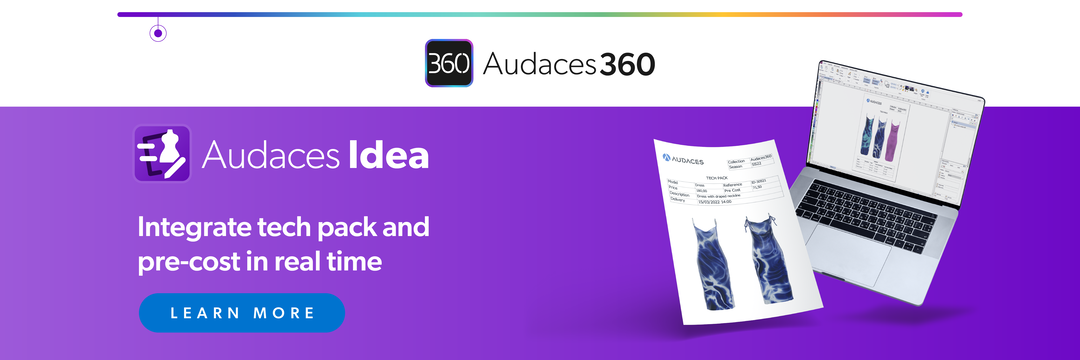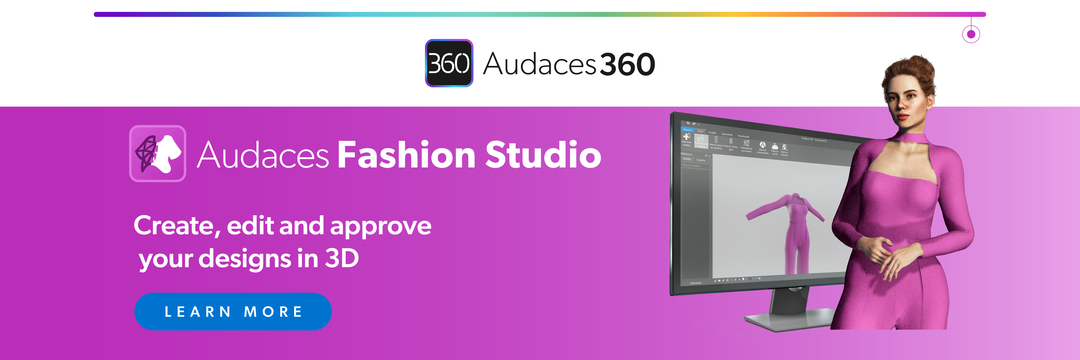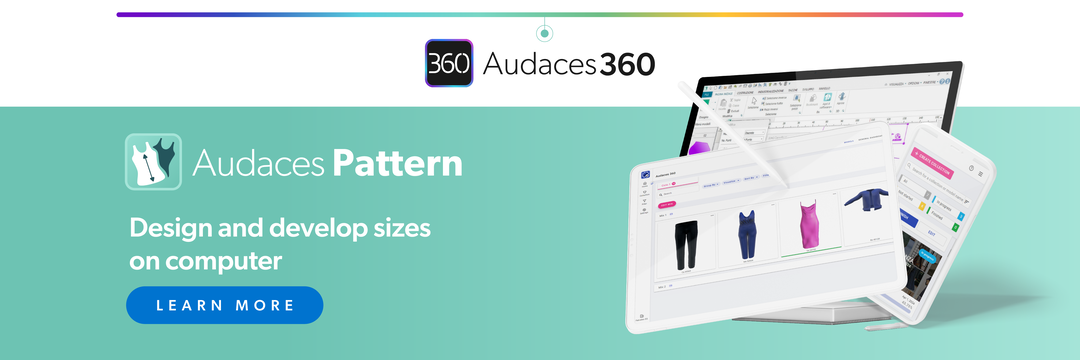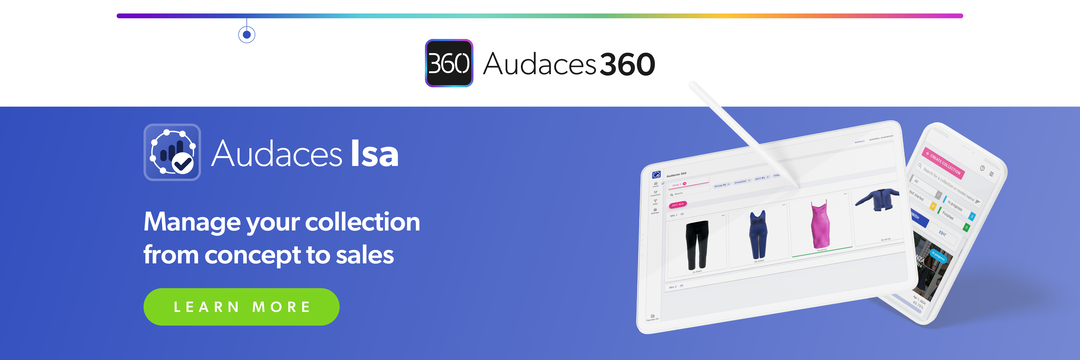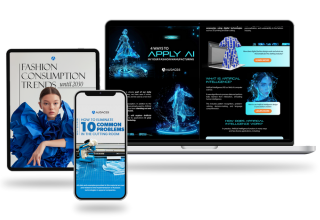Summary
- Incentives in industry can be a game-changer for apparel businesses around the world.
- They help companies save costs, innovate faster, and expand globally.
- Want practical insights straight to your inbox? Subscribe to our newsletter!
Governments offer a variety of incentives, from tax breaks to grants, aimed at boosting industrial growth. For fashion business owners, these programs can reduce expenses, accelerate production, and open doors to new markets.
Understanding how to access and leverage these incentives gives your brand a competitive edge. Whether you’re investing in technology or expanding internationally, knowing your options can make a big difference.
No matter the size of your business, incentives in industry provide opportunities to grow smarter, faster, and more sustainably. Now, it’s time to find out more about this topic in our article.
Happy reading!
Sumário
What are incentives in industry?
Incentives in industry are programs or benefits offered by governments and organizations to help businesses grow. They encourage investment, innovation, and productivity in different ways.
Some incentives reduce taxes, while others provide funding or training opportunities. All of them exist to make it easier for companies to succeed.
For apparel business owners, these programs can make a big difference. They can help lower production costs, speed up development, and improve overall efficiency.
Many countries use incentives to attract new businesses or support existing ones. Knowing which programs are available can reveal opportunities you might otherwise miss. They can allow your company to invest in technology, train staff, and experiment with new ideas.
To sum it up, it’s a smart way to boost growth while staying competitive.
Most common types of incentives in industry
Incentives usually fall into a few main categories. Some focus on tax benefits, while others provide funding, training, or support for innovation.
Understanding these types helps business owners choose the programs that best match their goals.
Learn about the primary types:
Tax incentives
Tax incentives can lower the amount of tax a company must pay. Governments use them to encourage growth and investment.
For apparel businesses, this might mean deductions for machinery, production equipment, or technology. With lower taxes, companies have more money to invest in design, production, or staff development.
They can also include benefits for research and development, exporting products, or hiring new employees.
Learn more: All you need to know about global industrial production
Financing programs

These programs provide money to companies under favorable terms, often with low interest rates or flexible repayment plans.
For fashion businesses, this funding can support buying new machines, improving production lines, or expanding sales channels. It allows growth without draining a company’s own capital.
Smaller apparel companies especially benefit from these programs. They make ambitious projects more achievable and reduce the financial risk of expansion.
Learn more: What is the fashion industry, its value, and key players?
Innovation grants and calls
Innovation grants provide funding to businesses that develop new products, processes, or technologies. These programs are usually offered by governments or public institutions and aim to encourage growth and innovation.
For apparel companies, grants open the door to experimentation. Businesses can explore new fabrics, production techniques, or digital design tools without taking on the full financial risk themselves.
Some programs also include innovation calls, which focus on specific projects or goals. These calls often come with stricter criteria but offer targeted support for high-impact initiatives.
They are great opportunities to improve competitiveness and stay ahead of trends in a fast-moving market.
Learn more: Key challenges in the garment industry and how to solve them
Training and skill development incentives
Training incentives help businesses invest in their employees’ skills. Some programs cover part of the cost, while others provide free courses.
In apparel companies, training might include design techniques, production management, digital pattern making, or quality control. Skilled employees improve efficiency and product quality.
Investing in skills also strengthens long-term growth. Businesses with well-trained teams can innovate faster and respond more effectively to changes in the fashion market.
Worried about implementing new technology in your production? Don’t be! Discover how to do it smoothly while keeping your operations running. Download our resource to learn more!
Why automation is strategic for your apparel business?
Automation helps fashion companies save time and reduce errors. You can perform many tasks faster and more precisely, from pattern making to cutting fabrics.
It also reduces costs. By automating repetitive tasks, businesses spend less on manual labor and minimize mistakes that can waste materials. This technology also improves consistency. Products have the same quality every time, which is essential for building a strong brand reputation.
Moreover, the right solutions can help you make better decisions. Automated systems can track production and sales in real time, giving managers the information they need to act quickly.
Finally, automation is a powerful tool to open space for creativity. When machines handle routine tasks, designers and managers can focus on more important projects. They include developing new styles, exploring trends, and improving customer experience.
Learn more: Find out how – and why – to apply textile automation in your company
How to take advantage of incentives in the fashion industry?
Information is key at this moment. Find out what resources your country offers to help you grow.
Here are a few tips to guide you:
Map your company’s technological needs
Before applying for incentives, it is important to know what your company really needs. Identify which processes are slow or costly and which tools could improve efficiency.
Remember to consider every stage of production. From designing and prototyping to cutting, each step can benefit from specific technologies.
You should also talk to your team. Employees often have valuable insights about where improvements are most needed, which can guide investment decisions.
Another advice is prioritizing solutions that offer long-term benefits. Technologies that integrate multiple processes are often more cost-effective and scalable over time.
Learn more: Learn how to choose the best fashion CAD for your business
Develop projects aligned with program requirements
Incentives often have clear rules and goals. As a result, projects that match these requirements have a higher chance of approval. To make this happen, focus on measurable outcomes.
For example, show how new machinery will increase efficiency or reduce waste in the production process. Present realistic budgets and timelines.
Programs are more likely to fund projects that are achievable and well-planned.
Partner with consultancies, universities, and public institutions

Collaboration can strengthen your incentive applications. This is because experts can help design projects that meet technical and administrative requirements.
Universities and research centers can provide access to innovative methods, technologies, and testing facilities. Meanwhile, public institutions often offer guidance, workshops, and advice on how to structure projects for approval.
These partnerships increase chances of receiving support and create opportunities to learn, innovate, and connect with other industry players.
Invest in technologies that integrate processes
Look for solutions that connect all stages of your fashion business. Tools that integrate design, production, and sales make your operations more efficient.
One example is Audaces360, a complete platform for fashion and textile production. It allows companies to manage creation, development, and production in one system.
Investing in integrated technologies helps your business reduce errors, save time, and take full advantage of available incentives.
Learn more: How can technology enhance the quality of textile products?
Automate your apparel production with industry incentives
Learn how Audaces solutions assist with each stage of fashion and textile productions:
Audaces360
Audaces360 integrates cutting-edge digital innovations to optimize workflows in the textile and apparel industry.
It caters to companies of all sizes and types, offering the flexibility to scale with your business needs.
All solutions were carefully developed to address the specific challenges of the field. They streamline the design and production processes, saving valuable time and resources.
The platform boasts a comprehensive range of functionalities, including pattern making, marking, collection management, vector drawing, and 3D creation.
In addition, a fashion Artificial Intelligence to assist you along the way.
Audaces Cutting Room
By embracing cutting-edge technology, garment manufacturers can achieve significant improvements in the production process. From greater design flexibility to enhanced efficiency and reduced costs.
This is where Audaces Cutting Room steps in! Our experts will thoroughly assess your company’s needs and create a comprehensive report.
Then, our team will develop a personalized project to achieve your goals and unlock your company’s full potential.
Rely on Audaces’ cutting-edge machinery to automate your production process. Achieve impeccable cuts on curves and details, speeding up your deliveries and minimizing fabric waste through automation.
Discover Audaces360 and unlock a world of possibilities for fashion design and production. Explore our comprehensive suite of solutions today!
FAQ
Incentives in industry are programs or benefits offered by governments and organizations to help businesses grow. They encourage investment, innovation, and productivity in different ways.
The most common types include tax incentives, financing programs, innovations grants, and skill development incentives.
Start mapping your company’s needs, develop projects aligned with program requirements, and partner with universities, and public institutions.


